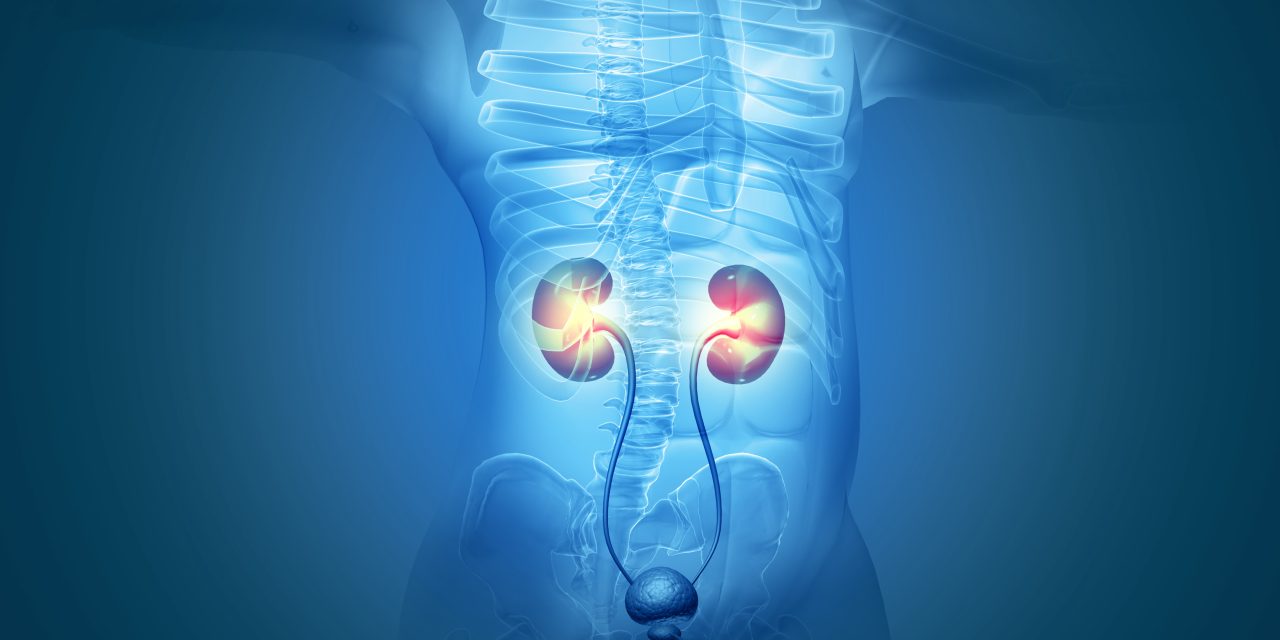Since bladder neck dextranomer/hyaluronic acid copolymer (Dx/Ha, Deflux) injections can improve urinary incontinence of various etiologies, we hypothesized that incontinent children with Bladder Exstrophy-Epispadias Complex (BEEC) would benefit from Dx/Ha. We aimed to analyze Dx/Ha efficacy and predictors of treatment success in BEEC.
Incontinent BEEC children aged >4 years undergoing Dx/Ha injections in our hospital between October 1997 and January 2021 were included. Medical history, continence and bladder capacity before injections were recorded. Postoperatively, patients were categorized as “dry”, “significantly improved” or “failure”. Postoperative complications, bladder emptying mode and bladder capacity were reported. Failure-free survival was estimated by Kaplan Meier models.
Altogether 58 patients (27 male epispadias, 9 female epispadias, 22 bladder exstrophy) underwent 105 injections at median age of 8.5 (interquartile range 6.1-11) years. Previous bladder neck reconstruction (BNR) had been performed in 38 (66%) and 33 (57%) received multiple injections. Complications occurred in 9%. 5-year failure-free survival was 70% (standard error, SE 9.1) in males epispadias compared to 45% (9.0) in females and exstrophy patients ( = .04). Previous BNR associated with improved 5-year failure-free survival in females and exstrophy patients (58%, SE 11) but not in male epispadias (75%, SE 11).
Dx/Ha injections provided satisfactory and lasting continence in over half of BEEC patients. While injections were successful in male epispadias regardless of BNR timing, results were better in bladder exstrophy and female epispadias after previous BNR.
Dextranomer Endoscopic Injections for the Treatment of Urinary Incontinence in Bladder Exstrophy Epispadias Complex.


